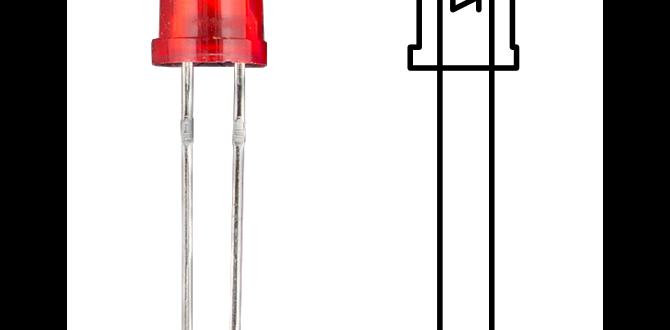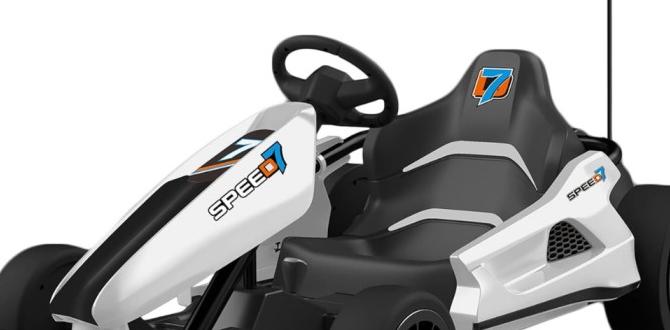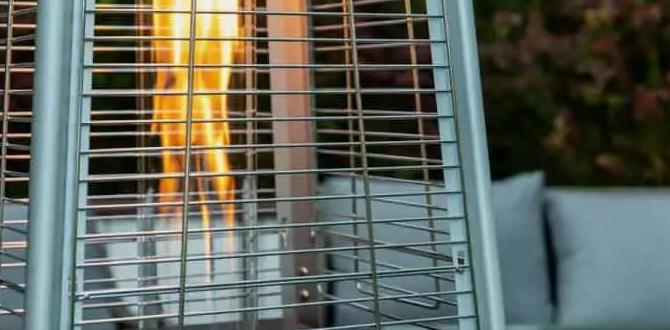Have you ever wondered why some plants grow great in one spot but struggle in another? The answer lies in understanding the different zones for gardening. These zones tell you which plants will thrive in your area based on climate and weather conditions. Knowing your gardening zone can make a big difference in your garden’s success.
Imagine planting flowers in spring, only for them to wilt by summer. That can be disappointing! But knowing which zone you’re in can help you choose the right plants. Did you know there are special maps that show these different gardening zones? They can guide both new gardeners and experts alike.
Get ready to explore the fascinating world of gardening zones! You might just discover the perfect plants for your own backyard paradise. Let’s dig in!
What Are The Zones For Gardening: Understanding Gardening Zones

What Are the Zones for Gardening?
Gardening zones show how different plants grow in various climates. The United States has 13 zones, from chilly to warm. Understanding these zones helps gardeners choose the right plants. For example, if you live in a colder area, you can select hardy flowers that will thrive. Did you know that some flowers can survive in temperatures below freezing? Knowing your zone can change your garden’s success! It’s all about planting wisely for your area.What are USDA Plant Hardiness Zones?
Definition and purpose of USDA zones. The importance of understanding hardiness zones for gardening success.USDA plant hardiness zones help you know which plants grow best where you live. Each zone shows the lowest temperature in that area. Understanding these zones is important for gardening success. Choosing the right plants can make your garden thrive. Don’t plant a flower that can’t handle the cold! Knowing your zone helps you select plants that will grow strong and healthy.
Why are USDA Zones Important?
USDA zones help you choose the best plants for your area. This ensures they can survive the local climate. It’s like picking the right clothes for the weather.
- Helps in selecting flowers, trees, and vegetables.
- Prevents planting mistakes that can kill plants.
- Saves time and money on unsuccessful gardening efforts.
How are Gardening Zones Determined?
Explanation of climate factors influencing zones. The role of average annual minimum winter temperatures.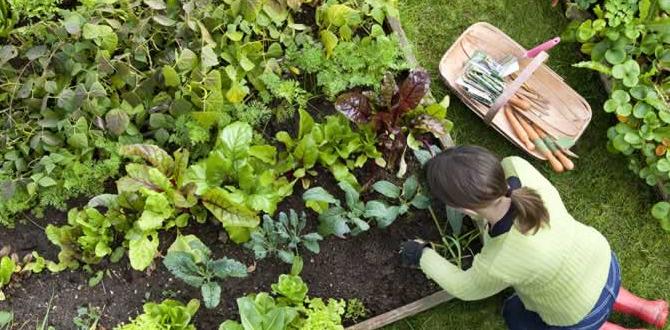
Climate plays a big role in gardening zones. Factors like temperature, rainfall, and sunlight shape which plants can grow where. The average annual minimum winter temperature is super important. It tells us how cold it gets in winter. This helps gardeners pick plants that won’t freeze and say goodbye to sad, wilted flowers in spring! 🌷
| Zone | Average Minimum Temperature |
|---|---|
| Zone 1 | -60°F to -50°F |
| Zone 2 | -50°F to -40°F |
| Zone 3 | -40°F to -30°F |
| Zone 4 | -30°F to -20°F |
Choosing the right garden zone keeps your plants happy and healthy, like a sunbathing cat in a warm window. Remember, understanding these climate factors helps you be the best garden parent!
Microclimates and Their Impact on Gardening Zones
Definition of microclimates. How microclimates affect planting choices within a zone.
Microclimates are small areas with different weather than the surrounding zone. Think of it as a cozy nook in your garden where the sun is always shining or where it’s a bit cooler. These special spots can change how we choose our plants. For instance, a sunny microclimate might be perfect for vibrant flowers, while a shady one may welcome leafy greens. Understanding these little weather wonders can make your garden thrive!
| Microclimate Type | Best Plants |
|---|---|
| Sunny | Tomatoes, Lavender |
| Shady | Ferns, Hostas |
| Windy | Herbs, Low shrubs |
With this knowledge, you can make your garden a delightful place for both plants and garden gnomes!
Adapting Gardening Techniques to Specific Zones
Best practices for planting and caring for gardens in various zones. Seasonality and its effect on gardening strategies.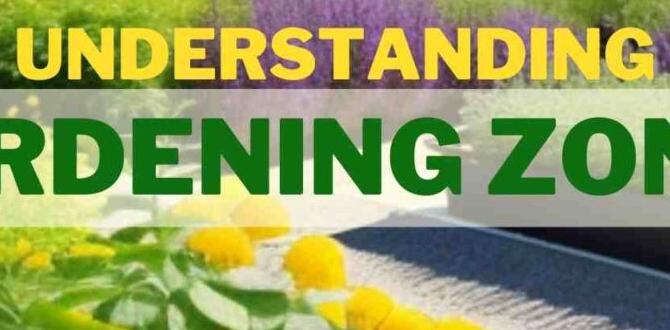
Gardening changes depending on where you live. Knowing your gardening zone helps you choose the right plants. For warm zones, you can grow tomatoes in January, while in colder zones, you might need to wait until May. It’s all about timing! Here are some best practices:
| Zone | Best Planting Time | Care Tips |
|---|---|---|
| 1-3 | Late Spring | Use mulch to protect from frost. |
| 4-5 | Early Spring | Plant cool-season crops. |
| 6-10 | Year-Round | Water regularly and watch for pests! |
Every season brings new challenges. For instance, summer heat may dry out plants quickly in some zones. Remember, good care means delicious veggies!
Zone Maps and Resources for Gardeners
How to access USDA zone maps. Online tools and apps for determining local gardening zones.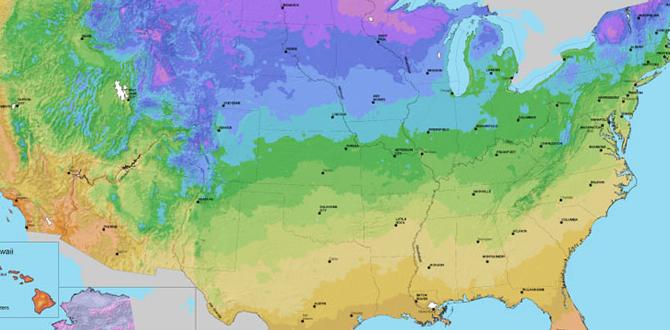
Finding your gardening zone is easier than you think! The USDA zone maps are just a click away. They show where you live and what plants grow best in your area. You can visit the USDA’s website to check your zone. Don’t be shy; it won’t bite! There are also cool apps and websites like GrowIt! and PlantHardiness.org that help you figure out your local gardening zone quickly. With these tools, you’ll be digging in your garden like a pro!
| Resource | Features |
|---|---|
| USDA Zone Map | Official and detailed. |
| GrowIt! | User-friendly app for plant suggestions. |
| PlantHardiness.org | Interactive and easy to navigate. |
Common Gardening Mistakes Based on Zones
Misunderstanding plant hardiness. Choosing the wrong plants for specific zones.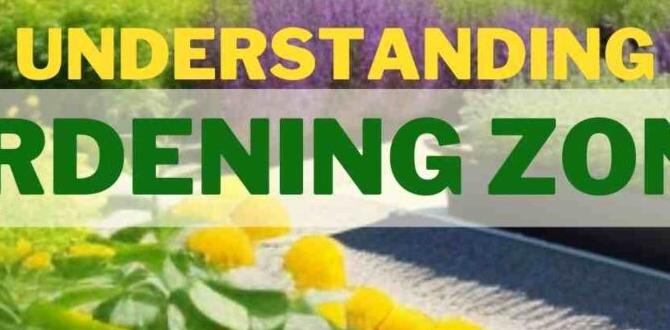
Many gardeners make mistakes when choosing plants. One key error is misunderstanding plant hardiness. Every plant has a specific range where it thrives. If you live in colder zones, a tropical plant may not survive. It’s crucial to check your zone first.
Another mistake is picking the wrong plants for your zone. Not all plants can grow everywhere. If you choose plants meant for warmer areas and you live in a cooler place, they might not grow well. This can lead to wasted time and money.
What is plant hardiness?
Plant hardiness refers to a plant’s ability to survive in specific weather conditions, especially winter temperatures. Knowing your zone helps you pick plants that will thrive in your garden.
Common Gardening Mistakes
- Ignoring your hardiness zone
- Buying plants not suited for your climate
- Not checking local weather patterns
Understanding your gardening zone can make all the difference. It helps you choose the right plants and grow a healthy garden. So, make sure to check your hardiness zone before planting!
Growing Year-Round: Zone-Specific Tips
Seasonal planting guides for each zone. Techniques for extending the growing season in colder zones.Different planting zones help you know what to grow and when. Here are some tips for each zone:
- Zone 1-3: Focus on hardy plants like kale and garlic.
- Zone 4-5: Try carrots and peas for spring planting.
- Zone 6-7: Grow tomatoes and peppers for a summer feast.
- Zone 8-9: You can plant year-round with herbs like basil and rosemary.
For colder zones, use row covers to keep plants warm. You can also start seeds indoors before the frost goes away. This way, your garden can flourish even in chilly weather!
What can I grow in my zone?
Each gardening zone has its best plants. You can find out what works for you by checking local gardening guides. Start with hardy vegetables in colder zones and tender plants in warmer zones.
Conclusion
In conclusion, understanding gardening zones helps you choose the right plants. These zones depend on climate and temperature. You can find your zone using maps or online tools. This knowledge ensures your garden thrives. Now, explore local plants suited to your zone. Start your gardening journey today, and watch your garden grow strong and beautiful! Happy gardening!FAQs
Sure! Here Are Five Related Questions About Gardening Zones:Sure! Gardening zones help us know what plants can grow in our area. They are based on temperature and climate. You can find your zone on a map. This helps you pick the right plants for your garden. Knowing your zone means your plants will grow better!
Sure! Please provide the question you’d like me to answer.
What Are The Different Gardening Zones And How Are They Determined?Gardening zones are areas that show what plants can grow best in your region. We call them hardiness zones. They are based on the lowest temperatures each area can reach in winter. To find your zone, people look at climate data. This helps you choose the right plants for your garden!
How Can A Gardener Find Out Which Zone They Live In, And Why Is That Important For Plant Selection?You can find out your gardening zone by checking a plant hardiness zone map online or asking a local garden store. Your zone tells you what plants can grow well in your area based on temperature. This is important because different plants survive better in certain zones. Choosing the right plants helps them grow strong and healthy.
What Is The Significance Of Hardiness Zones In Relation To Seasonal Planting And Crop Yield?Hardiness zones help us know which plants grow best in our area. Each zone has a specific range of temperatures. This means some plants can survive winter, while others cannot. By planting the right plants for your zone, you can grow healthy crops. Healthy crops can give us more food to eat!
How Do Microclimates Affect Gardening Zones, And How Can Gardeners Utilize These Variations?Microclimates are small areas where the weather is different from the surrounding area. They can be warmer or cooler, wetter or drier. This change in weather affects what plants can grow. As gardeners, we can use these small differences to choose the best plants for our gardens. For example, if one spot is sunnier, we can plant vegetables that love the sun there!
Are There Any Resources Or Tools Available To Help Gardeners Understand Climate Change’S Impact On Their Gardening Zones?Yes, there are many resources to help us learn about climate change and gardening zones. Websites like the USDA Plant Hardiness Zone Map show us what plants can grow in our area. Apps for gardening can also give tips based on our local climate. Local gardening clubs and libraries often have books and people to help you too. We can all keep our gardens healthy, even with changing weather!



